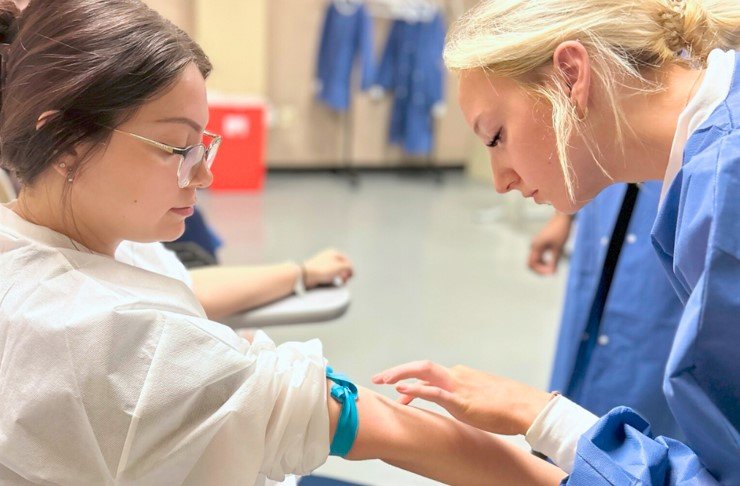How Blood Tubes Work In Allergy Testing
When it comes to allergy testing, one of the most common methods used is blood testing. This involves collecting a blood sample from the patient and analyzing it for specific antibodies that indicate an allergic reaction. In order to collect and transport blood samples for allergy testing, specialized blood tubes are used. In this article, we will take a closer look at how blood tubes work in allergy testing.
Overview of Blood Tubes
Blood tubes, also known as vacutainers, are sterile containers used to collect and store blood samples for laboratory testing. These tubes are made of plastic or glass and have a vacuum inside that helps draw blood into the tube when a needle is inserted into a vein. Blood tubes come in various sizes and colors, each designed for specific types of blood tests.
Types of Blood Tubes Used in Allergy Testing
Red-Top Tubes: These tubes are often used for general chemistry tests, including allergy testing. They do not contain any anticoagulants, which allows the blood to clot quickly for analysis.
Lavender-Top Tubes: These tubes typically contain the anticoagulant EDTA, which helps prevent blood clotting by binding to calcium in the blood. They are commonly used for blood cell counts and some allergy tests.
Green-Top Tubes: These tubes contain the anticoagulant heparin, which inhibits clotting by binding to thrombin in the blood. They are used for tests that require plasma, such as some allergy tests.
How Blood Tubes Work in Allergy Testing
When a patient undergoes allergy testing using blood tubes, a healthcare professional will first clean the patient's skin with an antiseptic and then insert a needle into a vein to draw blood. The blood is collected directly into the appropriate blood tube based on the specific test being performed.
Once the blood sample is collected, the tube is gently inverted several times to ensure thorough mixing with any additives in the tube, such as anticoagulants. The tube is then labeled with the patient's information and sent to the laboratory for analysis.
Laboratory Analysis
Once the blood tube arrives at the laboratory, the technician will centrifuge the tube to separate the serum or plasma from the blood cells. The serum or plasma is then tested for the presence of specific antibodies called immunoglobulin E (IgE), which are produced by the immune system in response to allergens.
The laboratory will perform various tests on the blood sample to determine if the patient has allergies to specific allergens, such as pollen, dust mites, pet dander, or certain foods. The results of these tests will help the healthcare provider diagnose the patient's allergies and develop a treatment plan.
Benefits of Blood Testing for Allergies
Convenient and less invasive than skin testing.
Can be performed on patients of all ages, including infants and older adults.
Can detect a wide range of allergens, including those that are not easily tested through skin testing.
Conclusion
Overall, blood tubes play a crucial role in allergy testing by allowing healthcare providers to collect and analyze blood samples for specific antibodies that indicate allergic reactions. By using the appropriate blood tubes and following proper procedures, healthcare professionals can accurately diagnose allergies and provide patients with effective treatment options.

Related Videos
Disclaimer: The content provided on this blog is for informational purposes only, reflecting the personal opinions and insights of the author(s) on phlebotomy practices and healthcare. The information provided should not be used for diagnosing or treating a health problem or disease, and those seeking personal medical advice should consult with a licensed physician. Always seek the advice of your doctor or other qualified health provider regarding a medical condition. Never disregard professional medical advice or delay in seeking it because of something you have read on this website. If you think you may have a medical emergency, call 911 or go to the nearest emergency room immediately. No physician-patient relationship is created by this web site or its use. No contributors to this web site make any representations, express or implied, with respect to the information provided herein or to its use. While we strive to share accurate and up-to-date information, we cannot guarantee the completeness, reliability, or accuracy of the content. The blog may also include links to external websites and resources for the convenience of our readers. Please note that linking to other sites does not imply endorsement of their content, practices, or services by us. Readers should use their discretion and judgment while exploring any external links and resources mentioned on this blog.
